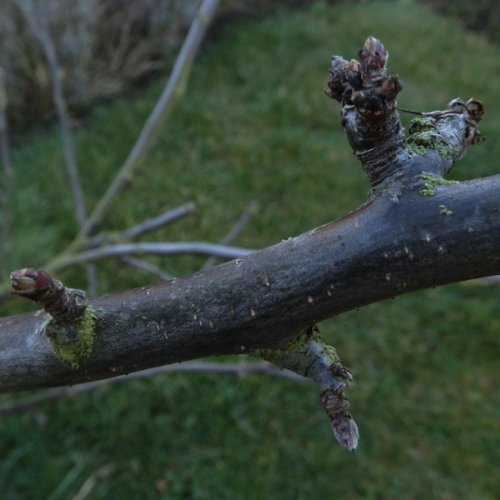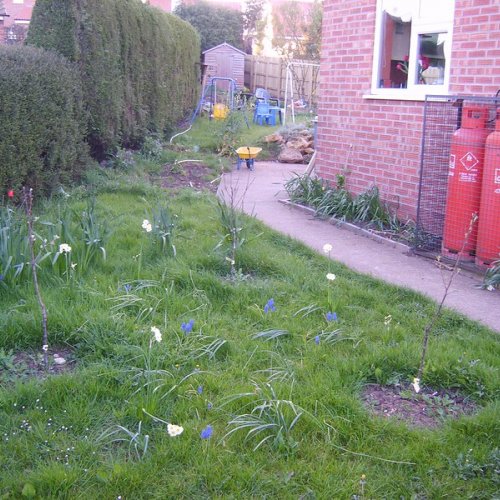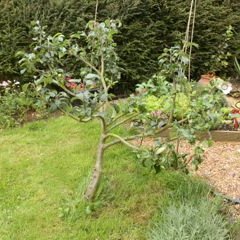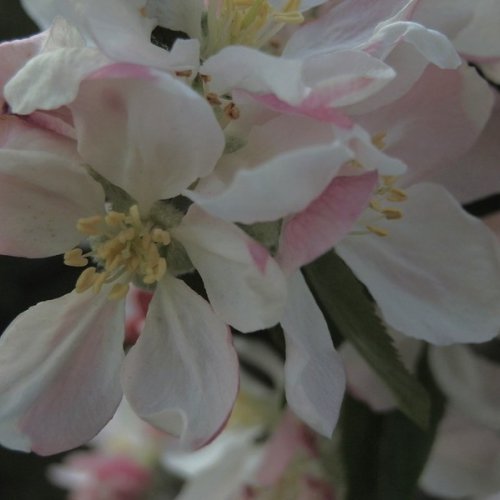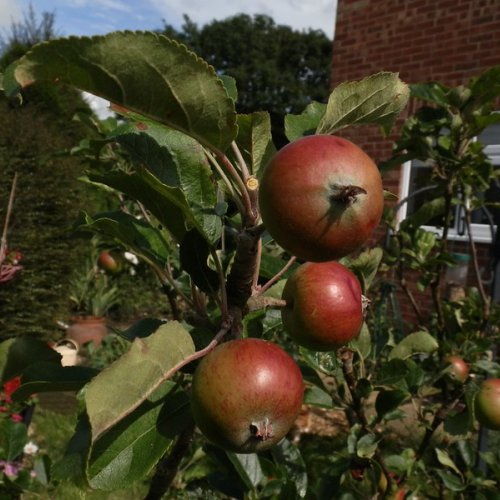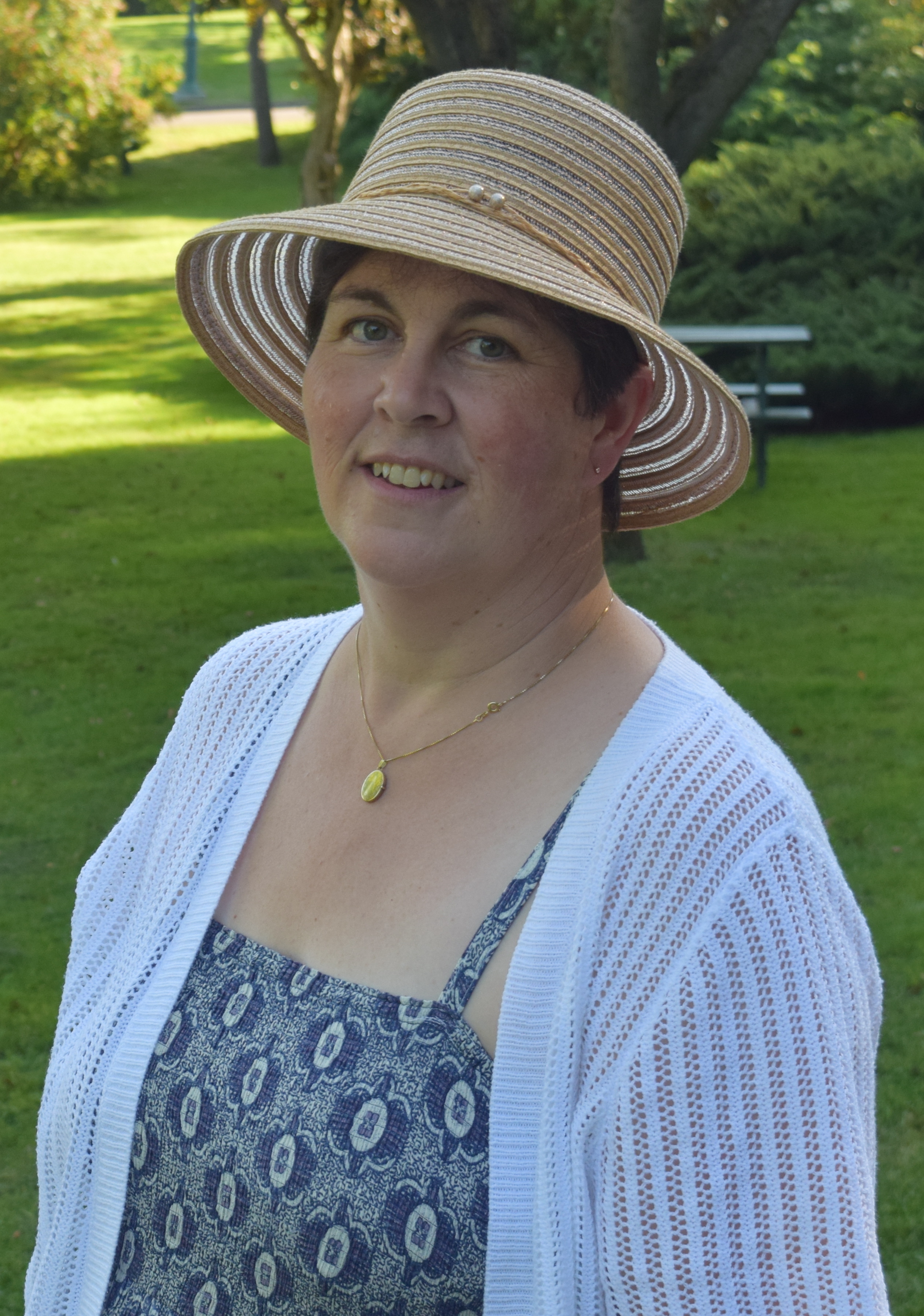I stepped out of the back door this morning intending only to hang out the first instalment of our post-Christmas holiday laundry, but I couldn’t bear to leave the quiet stillness of a pearly grey January garden. Instead I made a detour to the shed before heading for the apple trees, armed with secateurs, sharpening stone, gloves and disinfectant.
Over the past few weeks I have watched my miniature orchard of apple trees from the kitchen window as the autumn south-westerlies stripped the leaves and whirled them in heaps around the patio. In October the trees seemed confused by the warm autumn, popping out pale green sprays of new leaves at each tip. By Christmas, these had turned to gold and now only a handful cling on. Last summer’s new shoots are reaching for the sky, with leaf buds like tiny furry scales alternating along their plump, shining bark. They offer bouncing perches for flocks of sparrows, blue-tits and dunnocks. Below these brash new shoots, the old wood is gnarled and plated with golden lichens. Fat blossom buds sit proud, each on its own individual twig, promising bounty for the coming summer.
None of these trees are taller than me, being grafted onto dwarf root stock which keeps them small and manageable. I have carefully shaped each tree over the years into an open goblet shape, which allows the sunshine, the wind and my hands to reach every branch and fruit. There is no need for teetering ladders, no back-breaking reach to clip the highest shoots, just a gentle, meditative potter around each tree, tracing each limb from trunk to tip, examining every twig, imagining its shape next year if I leave it alone, if I cut it at this bud or that one. The rest of the world recedes, and I am immersed in a cool grey, damply-scented heaven. My only companions are a robin, trilling from a nearby ash tree, and my four chickens, clucking contentedly around my ankles, eternally hungry and on the alert for any foolish worms or grubs lurking under a stray leaf.
Some people hate pruning, fearing to cut off the ‘wrong’ branch or to remove too much, killing the whole tree, but it is hard to kill an apple tree. A heavily pruned apple may protest the following year, putting out vast numbers of long, whippy ‘water shoots’, but you would have to work hard to kill it. There are always mistakes, but these are my trees, so they are my mistakes to learn from and to live with.
Other people just hate the apparent harshness of cutting back a living thing, preferring to let their trees romp away in wild abandon. The result with apples is a mad tangle of branches, glorious in full bloom but frustrating in the late summer, with large numbers of tiny fruit and the best always high out of reach on the topmost branches.
For me, pruning fruit trees is not so much cutting back as sculpting, nurturing a plant into its full productive beauty. With each snip of my secateurs, I remove twigs and branches that are diseased or that cross and rub other branches, creating lesions. I know that my trees will respond to this annual trim with more fruit buds and their energy will be channelled into fruit, instead of masses of new leafy growth. My miniature trees return the favour, allowing me to channel my energy productively too, completing the year's pruning in lots of short, manageable sessions. Instead of needing to unpack and lug around heavy ladders for a serious pruning session on full size trees, I keep the secateurs handy and nip out for a few minutes at a time, whenever the weather clears and I fancy some fresh air.
I dreamed of having my own orchard from the day my mother and grandmother took me to Ryton Gardens near Coventry; I was 18 years old and about to leave home. I don’t know why, but the carefully trained espaliers, cordons and fans of fruit caught my imagination and I knew that one day I wanted not only a place of my own, but a garden of my own. That day shaped my very first garden almost twenty years later, where I optimistically planted damsons and apples in the poor soil of a Scottish Borders garden, high against the snow gates, where spring was announced by the curlew.
I still miss the beauty of that impossible garden, but twenty years on here I am, still pottering around my apples, this time grounded in heavy midlands clay, but as close to my ‘bee loud glade’as I can possibly get.
Winter is the time for planting bare root fruit trees. Do you have space for a small tree in your garden, or even an apple in a large pot on your patio?
